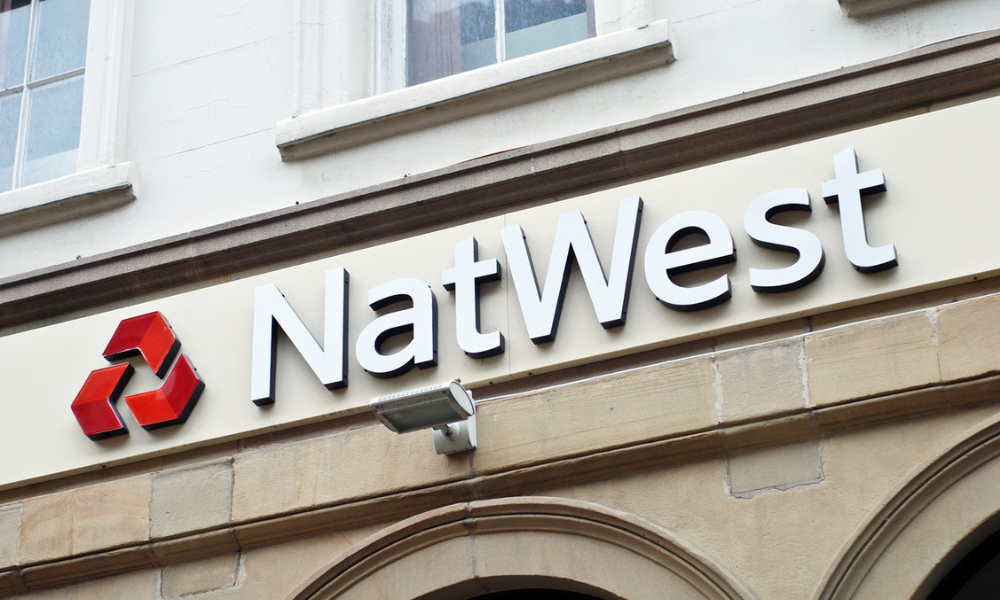Stamp Duty rush and market shifts fuel profit increase

NatWest Group has reported stronger-than-expected earnings for the first quarter of 2025, reinforcing momentum in its performance as it nears full privatisation more than 15 years after the global financial crisis.
The banking group posted an operating profit before tax of £1.8 billion for the three months to March 31, surpassing analyst expectations of £1.6 billion. The gains were supported by higher mortgage activity and increased market movements, partly driven by buyers acting ahead of the end-of-March stamp duty deadline.
The update also comes after the UK government cut its stake in the bank to under 2%, having held close to 40% at the end of 2023. This marks a significant milestone in the lender’s shift back to full private ownership following its 2008 bailout.
Return on tangible equity for the period reached 18.5%, prompting the group to upgrade its performance outlook. “Our strong first quarter performance demonstrates the positive momentum in our business as we deliver against clear strategic priorities, and we now expect to be at the upper end of our income and returns guidance for 2025,” said NatWest Group chief executive Paul Thwaite.
Net customer lending, excluding central bank exposures, climbed £3.4 billion over the quarter to £371.9 billion. The growth was led by a sharp rise in home loans as borrowers rushed to complete transactions before tax benefits expired.
The bank reported £1.25 billion in attributable profit, equal to 15.5 pence in earnings per share. Capital generation before payouts was 49 basis points. Income excluding one-off items totalled £3.95 billion, up 2.1% on the previous quarter. The rise was supported by stronger trading performance and wider deposit margins, though the shorter quarter limited upside.
Compared to the same period last year, total income was up by £538 million, also reflecting growth in balances and margin expansion.
The bank’s net interest margin rose to 2.27%, an increase of 8bps from the previous quarter. Operating expenses fell by 8.5% quarter-on-quarter and 4.6% year-on-year, helped by lower property-related strategic costs and ongoing restructuring. Loan impairment charges for the quarter totalled £189 million, equal to 19 basis points of gross customer loans. Default levels remained stable.
NatWest now expects full-year return on tangible equity to reach the top end of its prior range of 15-16%. Income, excluding notable items, is forecast at the higher end of the £15.2–15.7 billion guidance range. Operating costs, excluding litigation and conduct, are projected to total around £8.1 billion in 2025.
The bank continues to target a CET1 capital ratio between 13% and 14%, and aims to maintain a loan impairment rate below 20bps.
Looking further ahead, NatWest anticipates return on tangible equity above 15% by 2027. It also plans to distribute around 50% of attributable profit through ordinary dividends, with share buybacks considered where appropriate.
“In the face of increased global economic uncertainty, our customers remain resilient, and we saw good levels of activity through Q1 2025,” Thwaite added. “The strength of our balance sheet means we are well placed to help our customers navigate any challenges, while also investing in our business and delivering returns to shareholders.”
Want to be regularly updated with mortgage news and features? Get exclusive interviews, breaking news, and industry events in your inbox – subscribe to our FREE daily newsletter. You can also follow us on Facebook, X (formerly Twitter), and LinkedIn.



